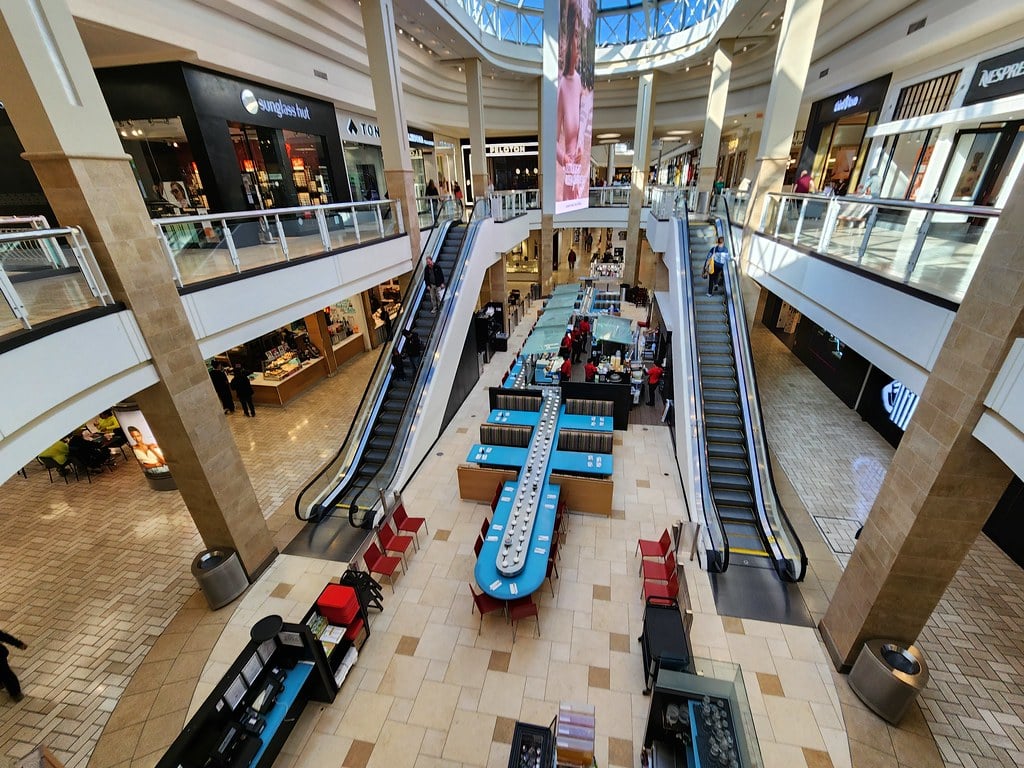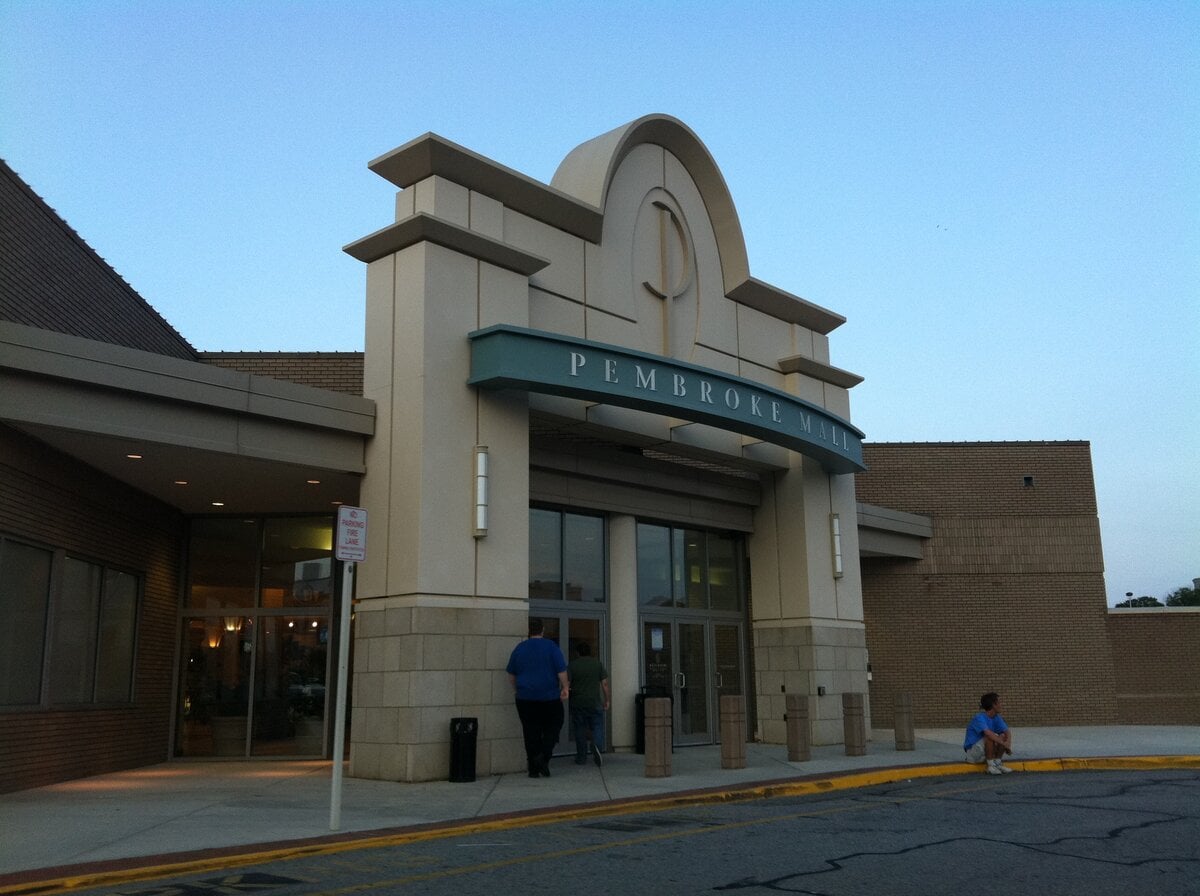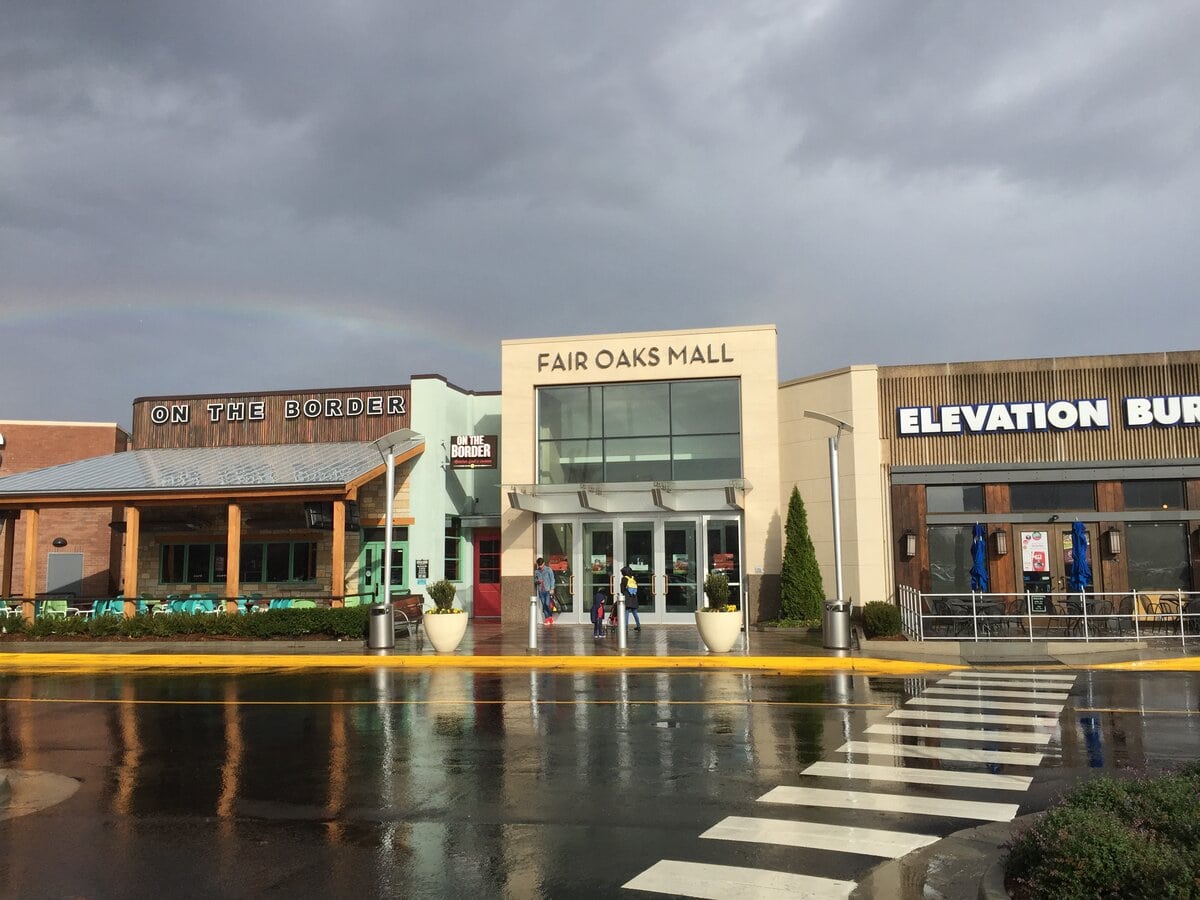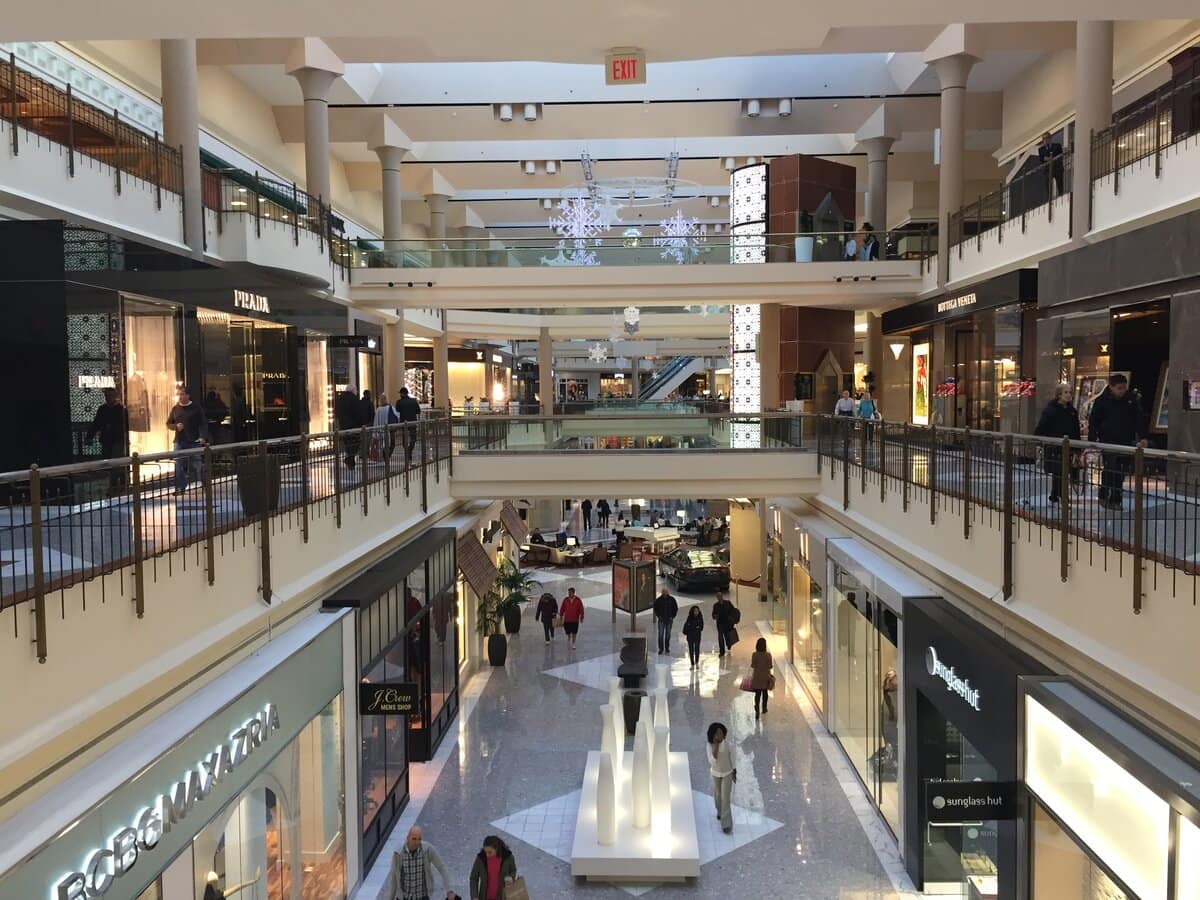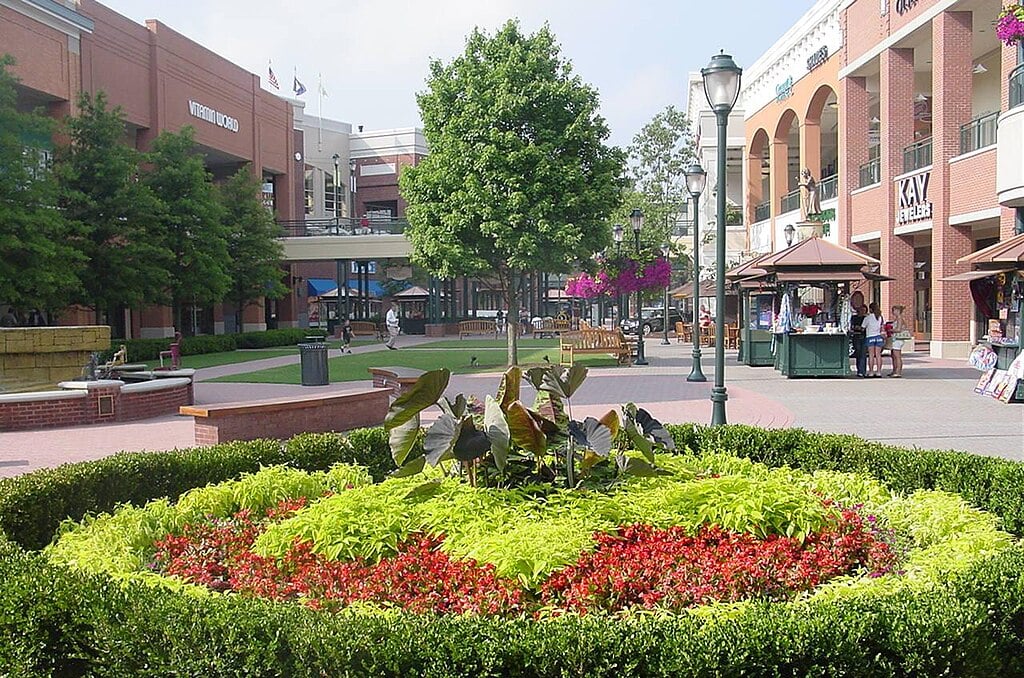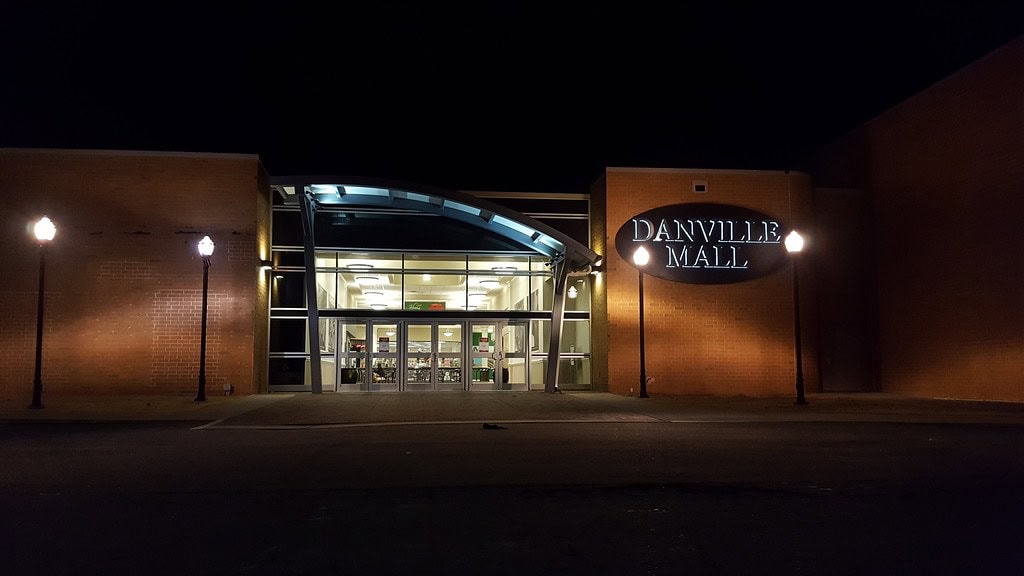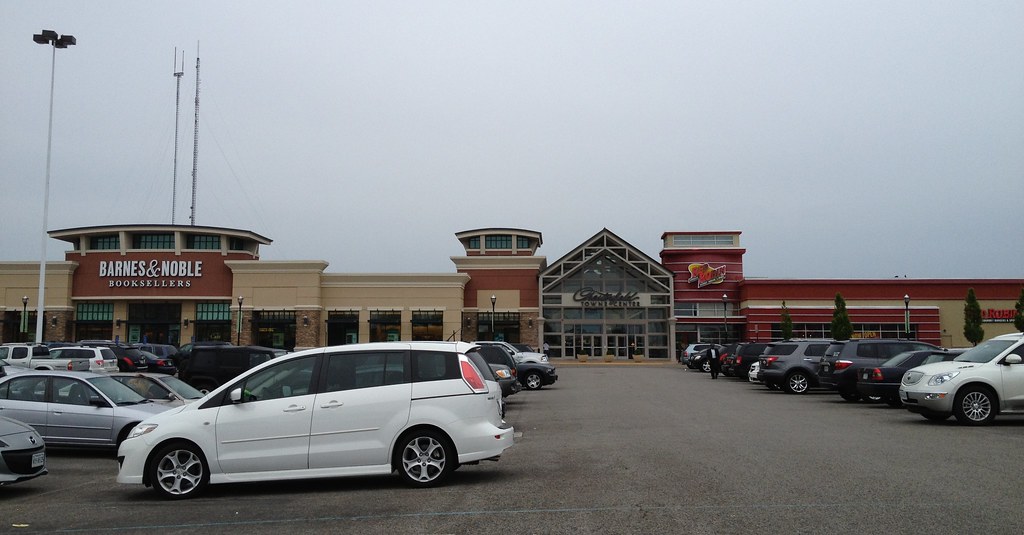The House That Waited Through Wars
The windows still catch the light the same way they did in 1775. Back then, Fielding Lewis was wrapping up construction on what would become one of the most refined brick homes in Virginia.
He had money, tobacco, and a wife whose last name happened to be Washington.
From its front entry to the elaborate plaster ceilings inside, the house was built to impress people who understood wealth. Now, it stands as Historic Kenmore, surrounded by manicured lawns and stories that seep from every floorboard.
People still come to walk through rooms where decisions were once whispered over mahogany tables. If you're looking for things to do in Fredericksburg, Virginia, Kenmore has survived enough revolutions to earn your time.
Building a Legacy in the 1770s
By the time construction wrapped in 1775, the brick walls of Kenmore had already witnessed a few firsts. Fielding Lewis, a planter and merchant, didn't build small.
He laid out the home across what was then a 1,300-acre property, sprawling farmland maintained by over 80 enslaved workers.
The house itself followed the formal Georgian style that had started appearing in Virginia's upper merchant class. Everything from its symmetry to the central hall staircase spoke of imported ideas and local wealth.
But it wasn't just about looks. The ceilings on the main floor still carry elaborate plasterwork that took skilled artisans to shape by hand, floral medallions, curling vines, and delicate motifs meant to impress a very specific kind of visitor.
Outside, the economy of Fredericksburg was changing fast, and the Lewis family wanted to plant themselves at the center of it.
The house wasn't defensive, wasn't hidden. It was a public statement.
Daily Life and Commerce in a New Nation
Before the war shifted everything, the plantation around Kenmore was a business. Fielding Lewis didn't just sit on his land.
He worked it through tobacco, wheat, and corn, using enslaved labor to manage every corner of the acreage.
By the early 1760s, he had also held a seat as a burgess, representing Fredericksburg in the Virginia General Assembly.
That part mattered. It meant he had ties to trade, to influence, to the wider world that connected this quiet town to ports and power.
Inside the house, though, commerce didn't show itself with ledgers or crates. It showed up in imported carpets, carved mantels, and floor plans.
Outside, enslaved people maintained everything - the crops, the stables, the day-to-day structure that kept the Lewis name upright.
Fielding Lewis died in 1781, and after Elizabeth Lewis passed, the house changed hands. By 1797, it was out of the family's possession.
The land was still productive, but the story began to fracture, piece by piece. A few decades later, another layer was added - a memorial to Mary Ball Washington, placed there in 1894.
That granite block stood as a marker but also as a shift in what the grounds were meant to preserve.
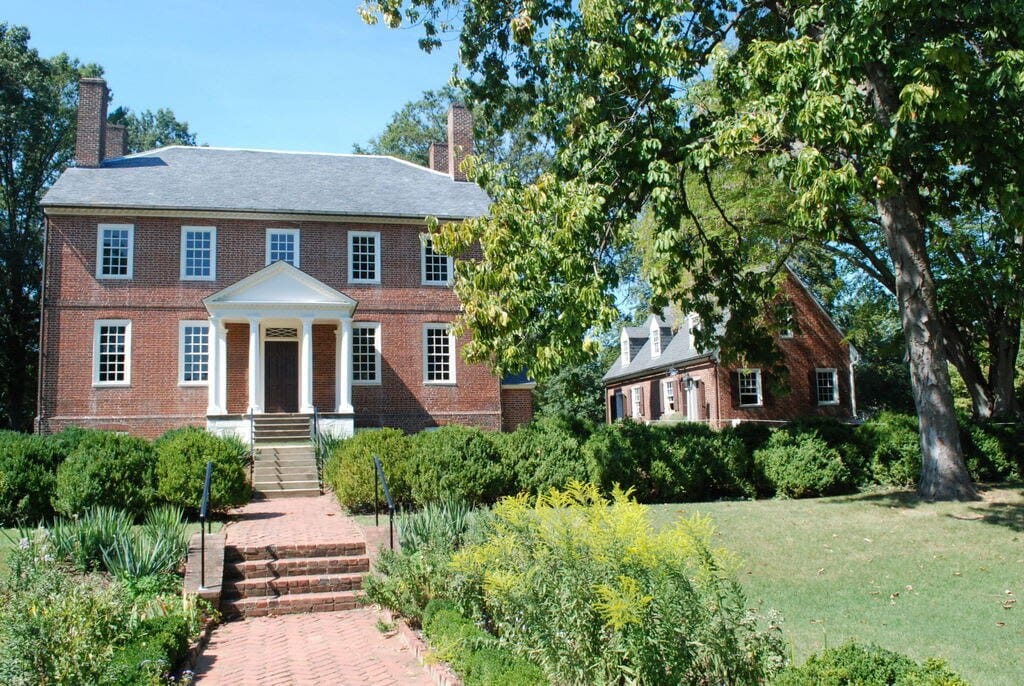
From Scottish Names to War Hospitals
Ownership rolled over to the Gordon family in 1819, and with that came a new name. They called it Kenmore, drawing from a Scottish ancestral estate that had nothing to do with Virginia but gave the place a different kind of permanence.
This was no longer just a plantation house built by a prominent American family - it became part of someone else's lineage, someone else's story.
Through the 1800s, the property kept evolving, though slowly. The farmland didn't vanish, but the structures around it began to shift.
By the 1860s, war pushed right up to the brick walls. After the Battle of the Wilderness in May 1864, Union forces used Kenmore as a hospital.
The rooms that once hosted dinners and debates were filled with wounded men instead.
No part of the house escaped that function. Plaster ceilings were darkened, floors gouged, and supplies dragged in through spaces never meant for military triage.
The war didn't destroy the structure, but it stained it - in the way that it always does.
By the time troops moved out, the house had already taken on a new history layered over the old one without erasing it.
Saving Kenmore: 20th‑Century Revival
By the time the 1900s hit full stride, Kenmore had worn through layers of ownership and use. Paint peeled. Gardens went untended.
The plasterwork that once astonished guests sat hidden beneath soot and time. In 1922, the Kenmore Association stepped in, acquiring the house and pulling it out of its quiet decline.
The timing wasn't random. That same year, Vice President Calvin Coolidge took part in the foundation ceremony for the George Washington Memorial across town.
National eyes were already glancing toward Fredericksburg.
Charles Gillette, a landscape architect out of Richmond, joined the project in 1924. He didn't reinvent the garden but cleaned it up, pulled its shape into order, and added brick paths that still mark the ground today.
His work aimed to echo the period without copying it outright.
As restoration expanded, the house drew new visitors. In 1969, Kenmore made it onto the National Register of Historic Places.
The next year, the U.S. Department of the Interior designated it a National Historic Landmark. That federal recognition didn't just put it on the map.
It locked in the site's eligibility for grants, surveys, and preservation funds that helped carry it through the rest of the 20th century.

Kenmore Today: Fairs, Tea, and Living History
Now, the front steps hold different kinds of footsteps. On April 5, 2025, crowds filtered through for the annual Colonial Fair, a public event that ran from 10 am to 4 pm.
Visitors lined up for punch and gingerbread, watched 18th-century games unfold on the lawn, and stood still for a few minutes as Peter Gardiner worked sleight-of-hand tricks in full colonial dress.
Admission ran $15 for adults, $7 for students aged 6 to 17, and the youngest got in free.
Events like that aren't outliers. On August 13, 2024, the Lafayette Lecture brought local historians and curious guests into the gallery space to unpack the general's legacy.
Those conversations spill out into the community. Kenmore doesn't sit quietly on a hill. It participates.
Then there's Kenmore Park, a short walk from the house itself. Every Tuesday from May 7 through June 25, 2024, the "Picnic in the Park" series brought in families with foldout chairs and sandwiches while music drifted through the trees.
Kenmore didn't host the series, but it lingers in the backdrop, and sometimes, that's enough to pull people across the street and through the gate.
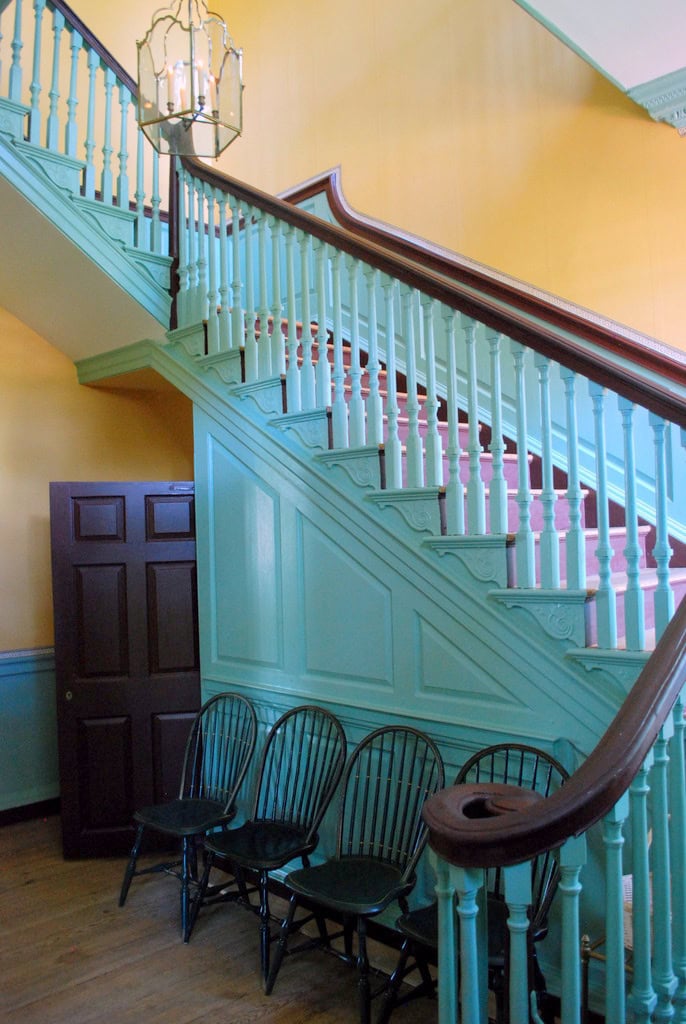
Meanwhile, archaeological work remains in motion just across the river at Ferry Farm. On June 11, 2025, the Foundation reported that the summer dig crew had reached sections of the Washington-era kitchen previously untouched for over 300 years.
That doesn't just affect Ferry Farm's narrative. Interpretive work at Kenmore depends on what gets found in the dirt - tools, ceramics, and soil patterns that reflect how labor was distributed between the properties.
Kenmore's 2025 schedule hasn't paused. On June 14 and 15, the house hosted Shakespeare on the Lawn, with outdoor performances beginning at 6:30 pm under early summer skies.
Guests brought their chairs and filled the grassy space outside the house.
Now, the next event is nearly here. On June 21, Kenmore will mark Betty Washington Lewis's 292nd birthday with a public celebration that includes tea, 18th-century fashion demonstrations, games, and interpretive talks spaced throughout the day.
The event will run from 10 am to 2 pm, using both the house and gardens.
Family Archaeology Day follows on June 27 at Ferry Farm. Designed for grades K through 5, the day includes artifact handling, excavation simulations, and tours of the reconstructed Washington House.
It's a short-format program built for parents and younger kids.
On July 4, Ferry Farm will hold the Fabulous Fourth from 10 am to 4 pm. The flag retirement ceremony is scheduled for 11 am, and other programming includes music, living history, crafts, archaeology demos, and kid-centered games.
The American Revolution Camp will run from July 14 through 18. Participants, ages 8 to 12, will rotate between Ferry Farm and Kenmore in a structured week that includes writing, crafts, historical scenarios, and outdoor games.
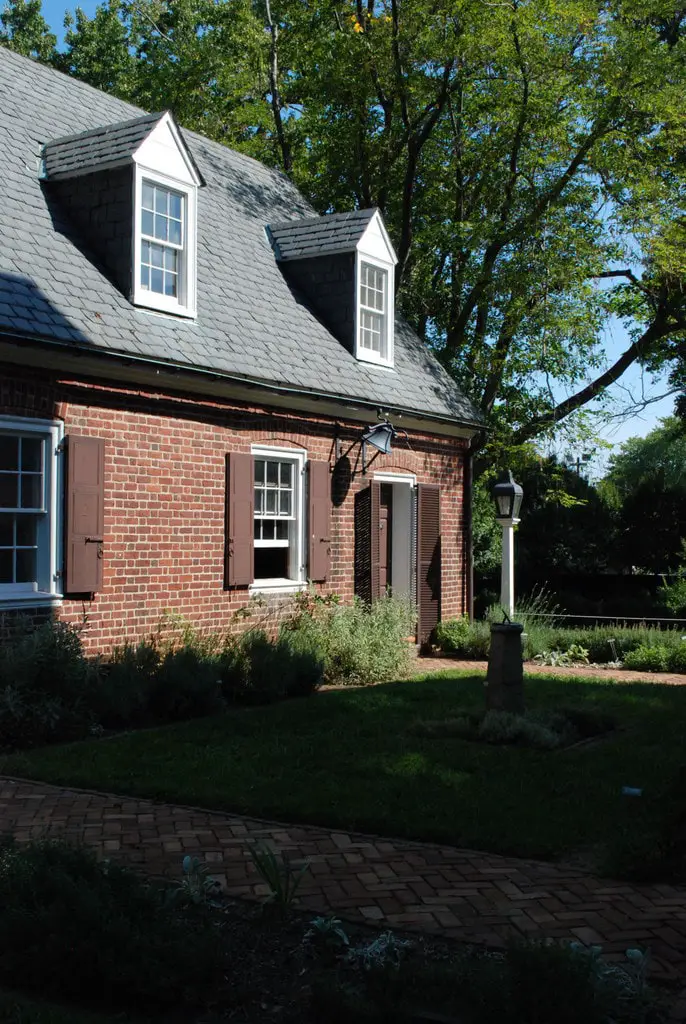
🌿

